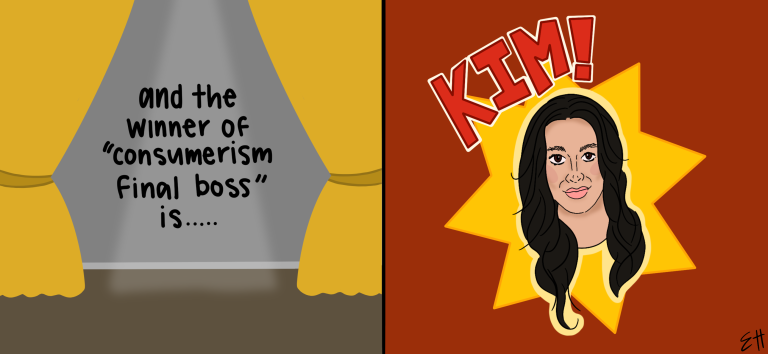 For more than eight years and 13 films, Marvel Studios has wowed audiences with colorful heroes of all shapes and sizes and epic action sequences that continually push the limits of the kinds of spectacles that can be stuffed into a movie. And yet, after so many end-it-all clashes with invasive aliens, malicious robots, and even disillusioned heroes–with an ever-growing lineup of Avengers–the Marvel Cinematic Universe (MCU) can sometimes feel like more and more of the same. Make no mistake; Marvel has produced consistently powerful and entertaining stories, even up to the last (May’s “Captain America: Civil War”), but even in Marvel’s stronger entries, its aesthetic and thematic approach to storytelling rarely wavers. The biggest lesson Marvel can learn moving forward, as put on wondrous display by “Doctor Strange,” is to branch out. Don’t stop at adding new characters with new powers. Pursue other dimensions. Try shooting and writing scenes differently. Design entire setpieces in unique and unprecedented ways. And for the love of Michael Giacchino, put some effort into your music.
For more than eight years and 13 films, Marvel Studios has wowed audiences with colorful heroes of all shapes and sizes and epic action sequences that continually push the limits of the kinds of spectacles that can be stuffed into a movie. And yet, after so many end-it-all clashes with invasive aliens, malicious robots, and even disillusioned heroes–with an ever-growing lineup of Avengers–the Marvel Cinematic Universe (MCU) can sometimes feel like more and more of the same. Make no mistake; Marvel has produced consistently powerful and entertaining stories, even up to the last (May’s “Captain America: Civil War”), but even in Marvel’s stronger entries, its aesthetic and thematic approach to storytelling rarely wavers. The biggest lesson Marvel can learn moving forward, as put on wondrous display by “Doctor Strange,” is to branch out. Don’t stop at adding new characters with new powers. Pursue other dimensions. Try shooting and writing scenes differently. Design entire setpieces in unique and unprecedented ways. And for the love of Michael Giacchino, put some effort into your music.
“Doctor Strange” is, obviously, the fourteenth entry in the MCU, and finally, things are starting to get really weird. This movie marks the franchise’s first major foray into the realm of mysticism, opening doors to all sorts of unpredictable and unimaginable concepts, stories, and visuals. Of course, before now, the MCU did have Thor and the Asgardians from which to bring in a little bit of magic, but all we really got out of that was a guy who’s really strong and controls lightning with a hammer, along with his friends who speak pseudo-medieval English and look like shined-up vikings. Doctor Strange and his cultish sorcerer friends add a new layer of intrigue and enigma to the almost exclusively pseudo-sci-fi palette of the MCU. The kaleidoscopic buildings and refracting light seen in trailers and posters are only the tip of the iceberg compared to some of the psychedelic and nightmarish sequences throughout the film. If nothing else, this new mind-bending, world-bending form of visual effects and action is enough to kindle excitement for all that could yet come in the franchise.
To end credit at the trippy visuals, however, would be a disservice to all the things director Scott Derrickson and his team did right in this film. Not since “Iron Man” has there been a stronger origin film for any superhero. Benedict Cumberbatch’s Stephen Strange is (in some ways similar to Robert Downey Jr.’s Tony Stark) an intolerable jerk from the beginning, and only when proven that his knack for scientific intellect can’t solve all of his or the world’s problems does he consider a bit of humility. Then Strange grows and struggles, not only as he grapples with the scientific contradictions of his new mystical life, but also as he tries to become a better man. Cumberbatch channels the pride and emotional brokenness in Strange better than anyone could have asked, and backing him up is a strong cast, including Tilda Swinton, Chiwetel Ejiofor, Rachel McAdams, Mads Mikkelsen, and Benedict Wong, that turns in unusually emotional and intimate performances for the franchise. (Take note, other Marvel directors and actors.)
As mentioned previously, Michael Giacchino’s wonderfully eastern and eccentric score punctuates both the bigger and quieter scenes with equal potency. The melodies never reach John Williams or Danny Elfman levels of iconography or memorability, but the atmosphere Giacchino creates with his music is just as effective, in a far more understated and accentuating manner.
Arguably the tallest hurdle “Doctor Strange” had to leap was escaping the Marvel formula. For several films now, Marvel Studios has been criticized for keeping its movies too cookie-cutter; following similar plot beats, themes, comedy and resolutions. While “Strange” doesn’t exactly break free of this mold—in fact, in some ways, it adheres just a mite too strictly—it does bend Marvel conventions enough that, combined with the unique visuals, mystical backdrop, and captivating performances, it’s hard to notice or, frankly, care. There’s a nuanced intimacy to Derrickson’s filmmaking that makes typical Marvel scenes and dialogue feel more real, personal, and heartfelt. (Are you getting all of this, Marvel team?).
There are points in the story where you may wish “Strange” had tried to be more daring, to push the boundaries of what can be done with a Marvel story, but those occasional formulaic decisions in the plot are, for the most part, so well executed that it doesn’t really seem to matter. Hopefully, more than anything, this film is enough of a stepping stone for Marvel Studios to push off to new visual and conceptual heights, and new filmmaking styles and a more unique, handmade approach to storytelling. Something tells me the Marvel Cinematic Universe is going to be a bit better with the good doctor in it.
4 stars out of 5






